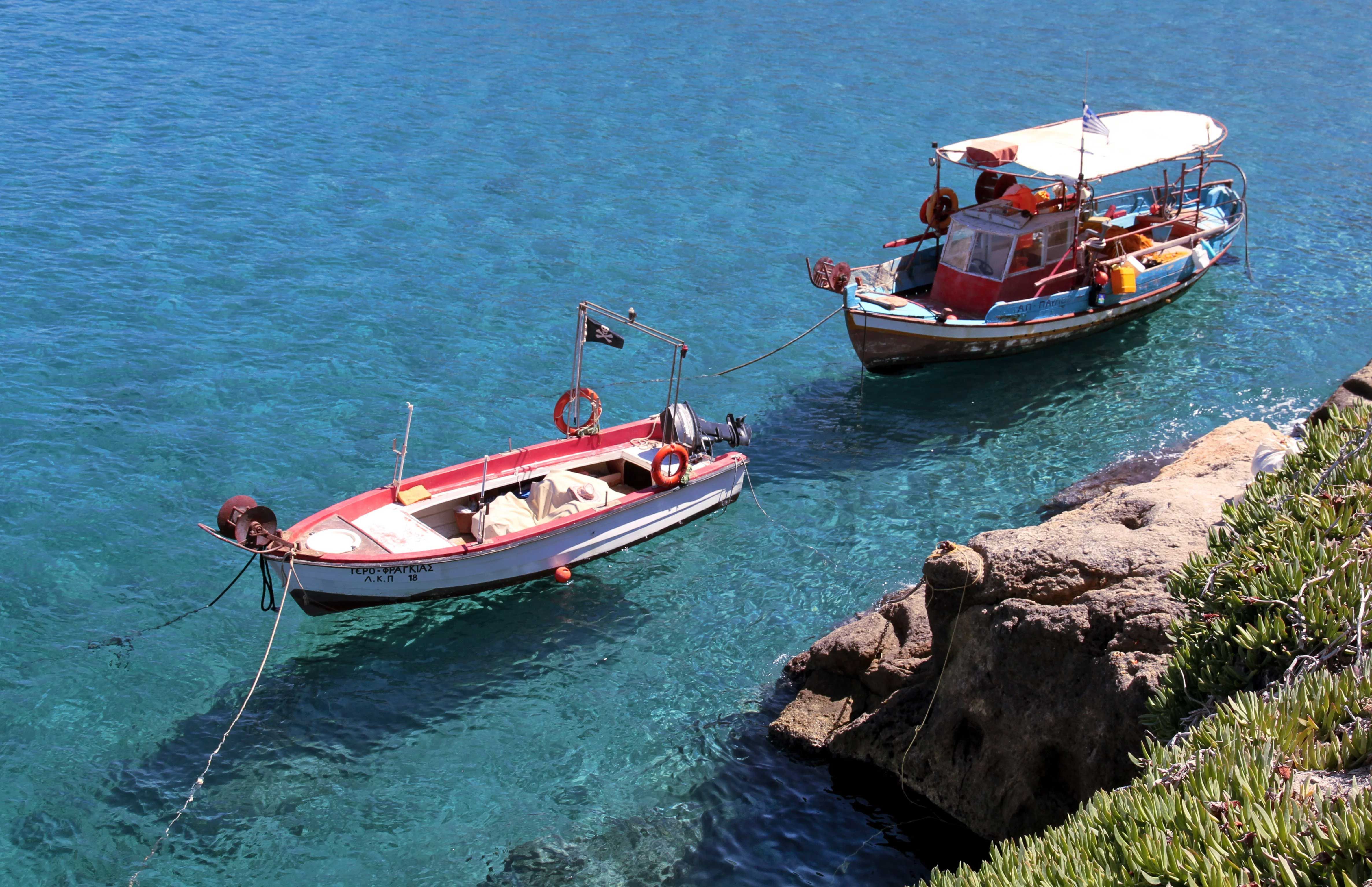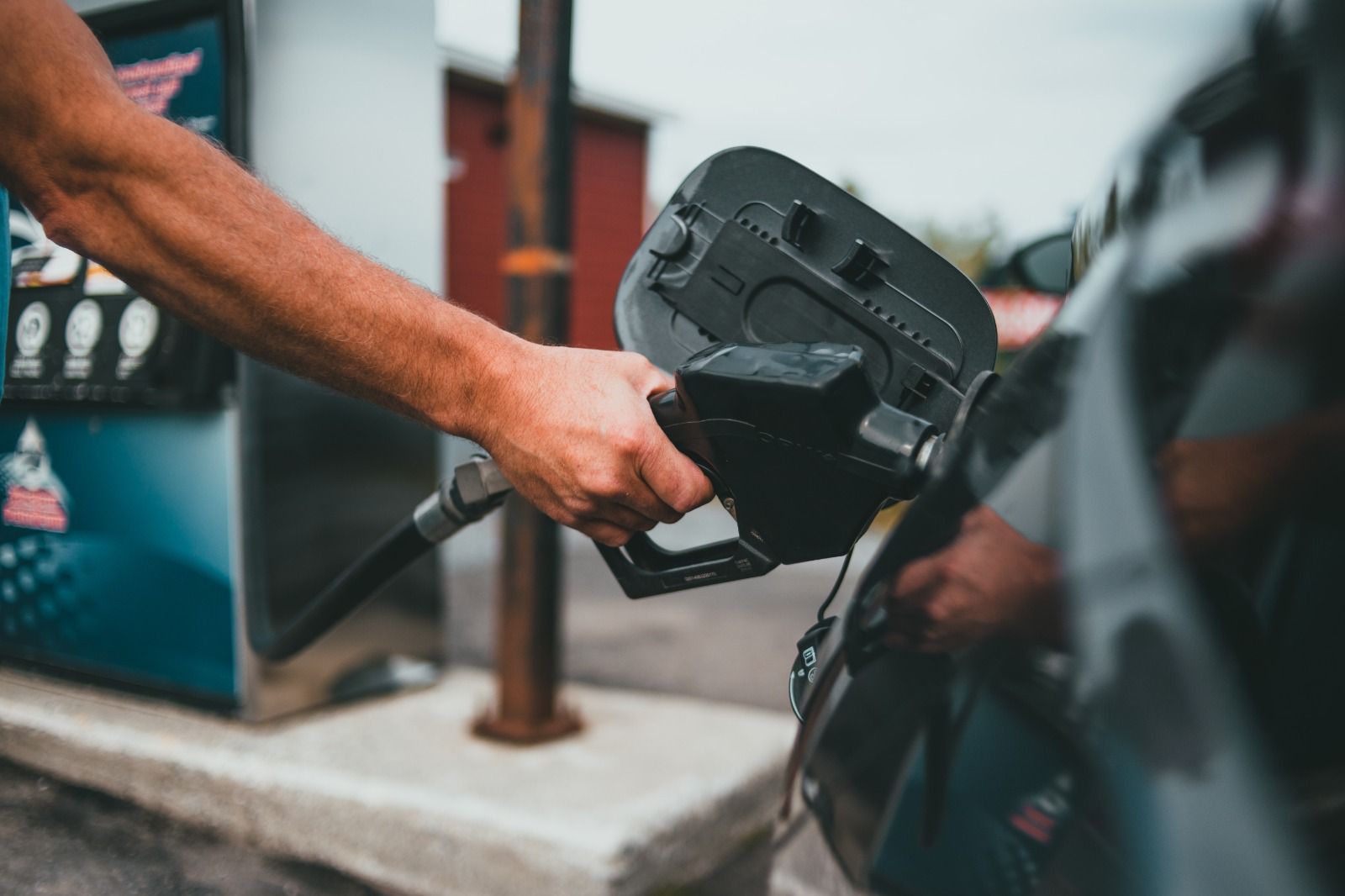The growing relevance of Inland waterways for the Northeast Region
Sreeradha Datta
Post On > Aug 30 2021 13846

India’s Northeast (NE) has come to play an integral role in India’s foreign policy thrust and its quest for regionalism and sub-regionalism. For long the security narrative dominated the Northeast region, given the long extended eternal boundaries it shares with neighbours. Northeast India not only has a critical international strategic dimension but is also a vital part of the nation’s defence architecture. Subsequently with time, having secured its borders to an extent and for a variety of other factors, India decided to focus more on the growth and development of this region. Its economy needed a boost and one of the core areas was to increase the internal transport systems as well as cross border connectivity. Arguably, the lack of regional connectivity has been identified as one of the major constraints hindering regional growth and several studies point towards connectivity bringing important benefits. Further, transportation networks linking neighbouring countries enlarge the market size and help national economies to grow.
The eight northeastern states - Assam, Arunachal Pradesh, Manipur, Meghalaya, Mizoram, Nagaland, Sikkim and Tripura – share long borders with Bangladesh, Myanmar, China and Bhutan while remaining linked with mainland India through a narrow 21 km corridor known as chicken’s neck. There is a visible thrust in India towards improving its relationship with two of its eastern neighbours, namely Bangladesh and Myanmar that will enable mainland India to develop greater access to the NE region also. The improvement of bilateral relations with Myanmar that has seen a marked improvement in the past decade, (although the present political developments will have consequences for the future of the bilateral ties) and the present Indo-Bangladeshi engagement will see greater depth once the cross border transport projects are completed. The cross-border transport infrastructure includes the building of roads, railways, and inland waterways, all together forming multimodal connectivity is underway in the region. While this will hopefully transform commerce and trade in the region, the enhancement of the IWT offers huge potential.
Between India and Bangladesh, a much-neglected sector of inland waterways has assumed importance, especially during the covid 19 pandemic. This transport sector was effectively used between India and Bangladesh when cross border road and railway transport became restricted. Apart from The India-Bangladesh Protocol on Inland Water Trade and Transit (PIWTT) signed in 1972 that permits the movement of goods on identified inland waterways between India and Bangladesh through specified routes that link points in West Bengal, Bangladesh and Assam, the route was further increased with the three bilateral memoranda of understandings signed with Bangladesh Government in 2018.
In a first, fly ash reached Pandu Port in Assam via Bangladesh, through the longest distance inland water transport movement on September 30, 2018. And the first-ever containerised cargo moved the IWT route in Nov 2019. IWT was used to move the first goods consignment from Bhutan to Bangladesh through India via Dhubri inland port successfully in 2019. Both countries now propose to create an 'Eastern Waterways Grid' by interlinking their rivers and connecting them with roads and rail to reach the last mile It is a win-win situation. As has been pointed out, India gains better connectivity with its northeastern states while Bangladesh earns revenues from port fees, cargo handling, and other services. In May 2020 the Protocol on IWT also linked Tripura to Bangladesh through the National Waterways. There is an expectation that the cargo would substantially increase with the declaration of additional Ports of Call and extension of protocol routes. While there are challenges of maintenance of route that require periodic dredging to ensure the functionality, many of the limitations faced through road and railways will be addressed by an effective IWT.
With Myanmar one of the key cross border projects named after the river Kaladan, the KMMTTP was initiated in 2008. While a large portion has been completed the last road lap of 110 kilometres, and the present volatile political situation puts a question over the completion of the project, however, the IWT on Kaladan river has been functional for long, and India added the Paletwa Inland Waterway Terminal for barges. India has been simultaneously developing transport linkages with South East which will also introduce a greater economic activity in this geography.
While every transport sector is crucial to trade and commerce the erstwhile underutilised IWT adds a dimension that would support a robust movement of cargo and people in the eastern and northeastern region.
**Sreeradha Datta (PhD) is Centre Head, Neighbourhood Studies and Senior Fellow, Vivekananda International Foundation.**
Disclaimer: views expressed in the content belong to the content author and not the organization

123
2025-07-27 20:33:14

asd
2025-07-27 20:31:39

Northeast Energy Scenario Part-1: Paradigm shift in petroproduct availability and consumption
2023-03-28 16:22:05

Consolidation of 'indigenous' votes aligned Tripura's political landscape with the rest of the northeast.
2023-02-16 08:51:53

Why Kolkata doesn’t have a Unicorn ?
2023-01-28 09:53:57

Social media literacy should be mandatory in UG curriculum
2022-11-30 12:00:53
